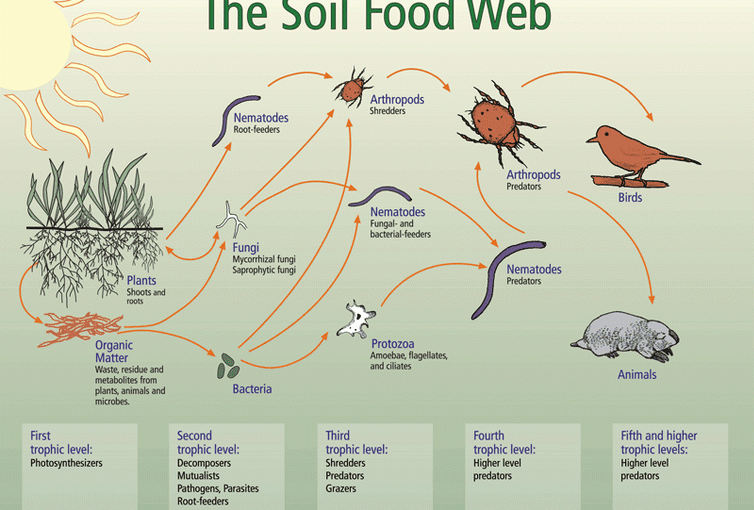Wouldn’t it be nice if we could point to a Golden Age of dietary bliss as a standard for life?
I’ve been looking for the perfect diet for the last 4+ years of my life. Over that time I have continued to refine my own dietary and lifestyle practices in accordance with everything I am learning. If there is something I find that I have been doing that could be improved, I don’t hesitate. Out with the old and in with the new. My willingness to change for the sake of improvement is about the only thing still the same after these 4+ years.
One thing that has remained consistently true the whole way is efficiency and conservation of resources. That my body benefits the most when I meet its overall needs at the overall lowest metabolic cost. The greatest amount of nutrients assimilated for the least amount of effort. Simply put…Be easy on my body. Don’t make it work any harder than it needs to in accessing its energy and building blocks composed of carbon, hydrogen, oxygen, nitrogen, and phosphorus.
I’ve found that the best way to accomplish this is with a whole-food/plant-based diet. And I’ve come to this conclusion, because of the design of our digestive tract, how it functions, and finally taking into consideration the microbial life that inhabits our digestive tract. Some five to eight pounds of microbial life just like the life I find in an acre of topsoil. Some 300 to 500 different kinds of bacteria containing nearly 2 million genes living happily with other tiny organisms like archaea, viruses, and fungi, they make what’s known as the microbiota, or the microbiome.
So I’m thinking…
What are the preferred foods of bacteria and the rest of his gut buddies? What would a thriving acre of topsoil best be served by? What would be the easiest for those topsoil inhabitants to digest and what would be the most difficult?
Seems like the answer should be simple for anyone to answer. Feed our body by properly feeding our microbes.
More reading on topsoil feeding in agriculture: To restore our soils, feed the microbes
